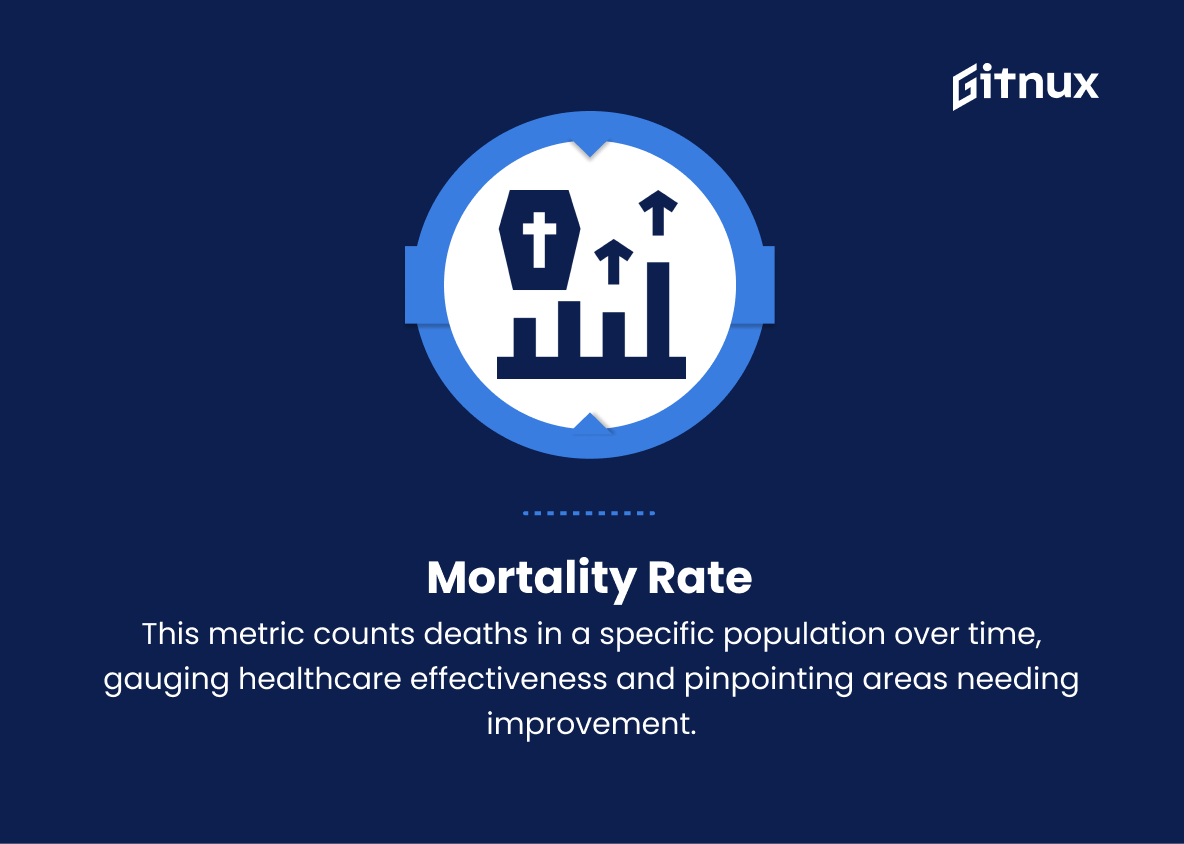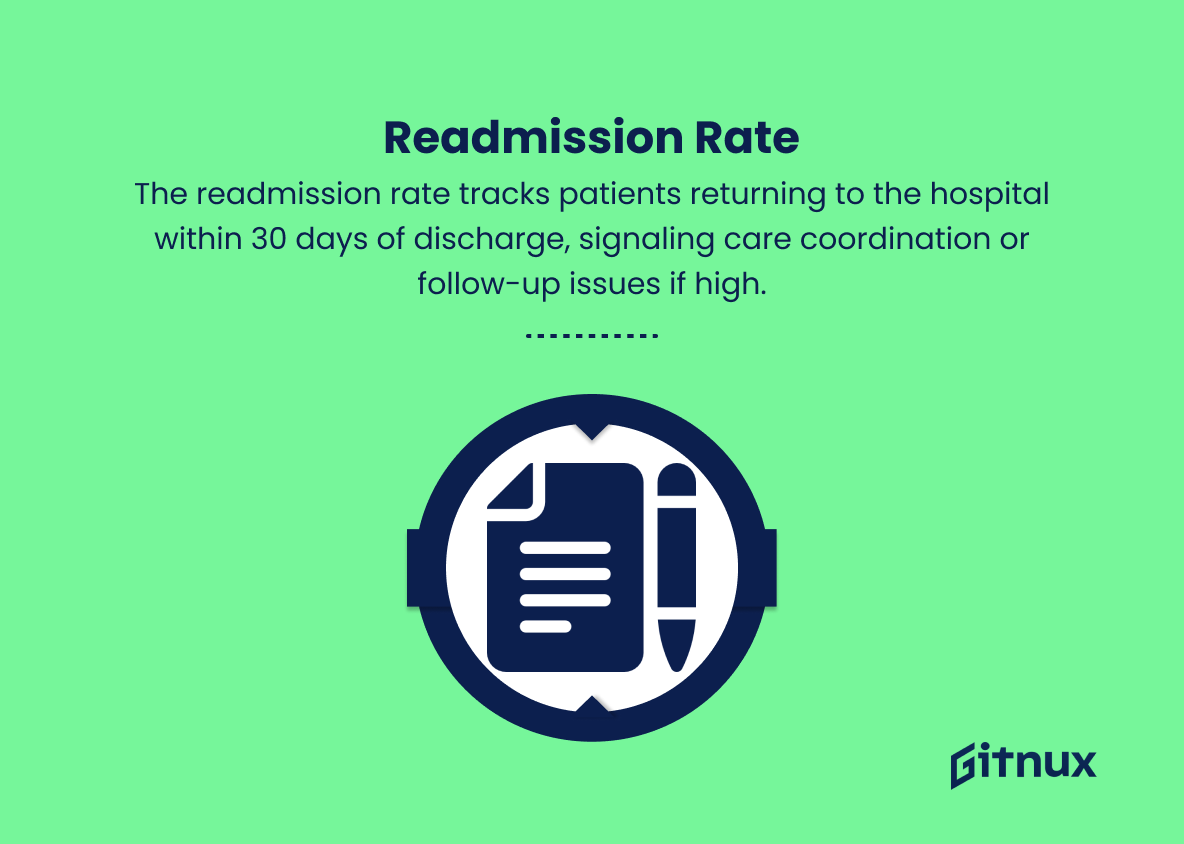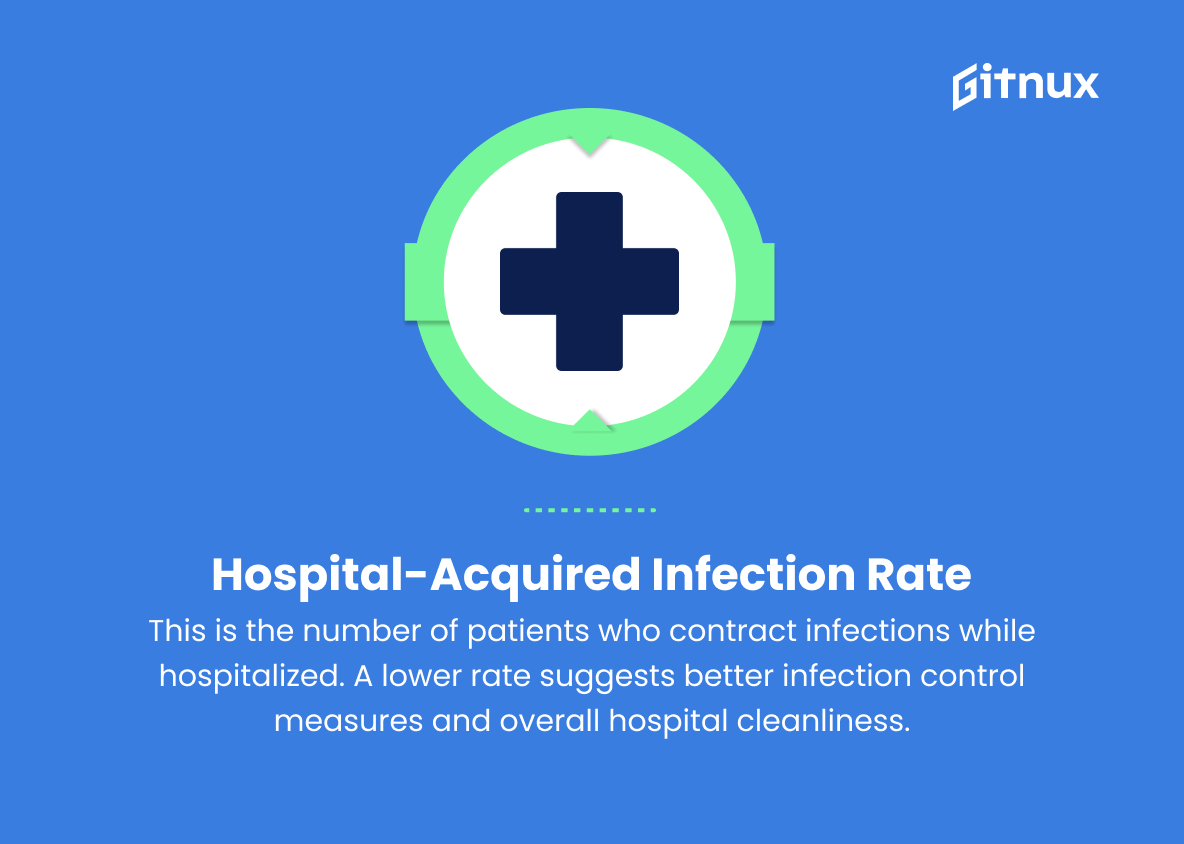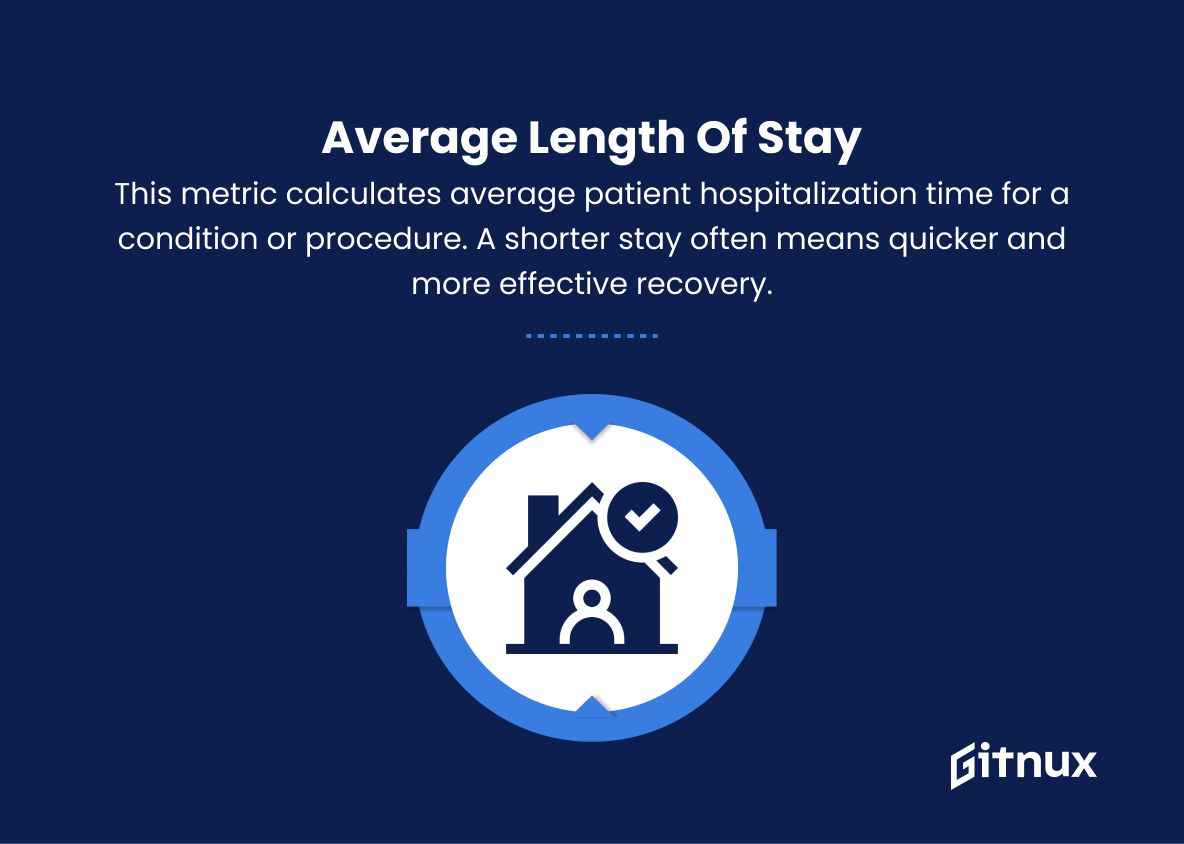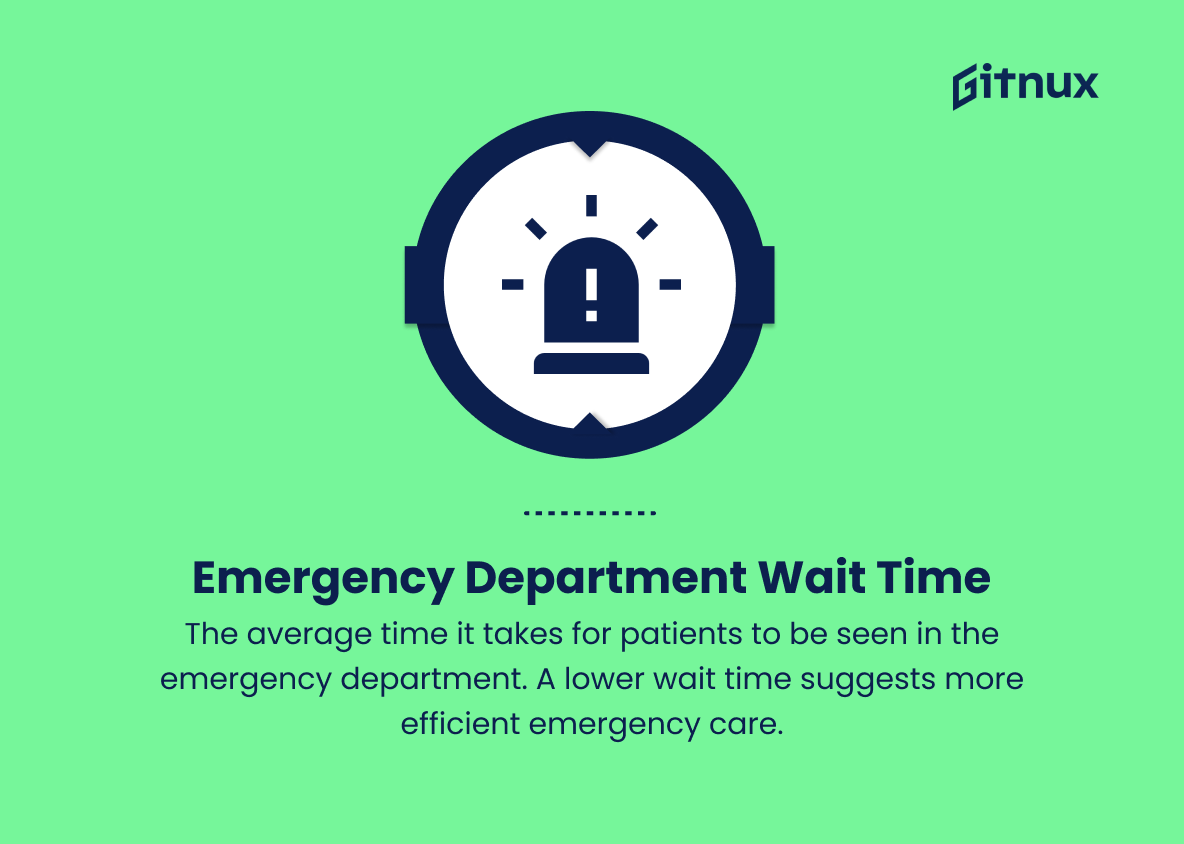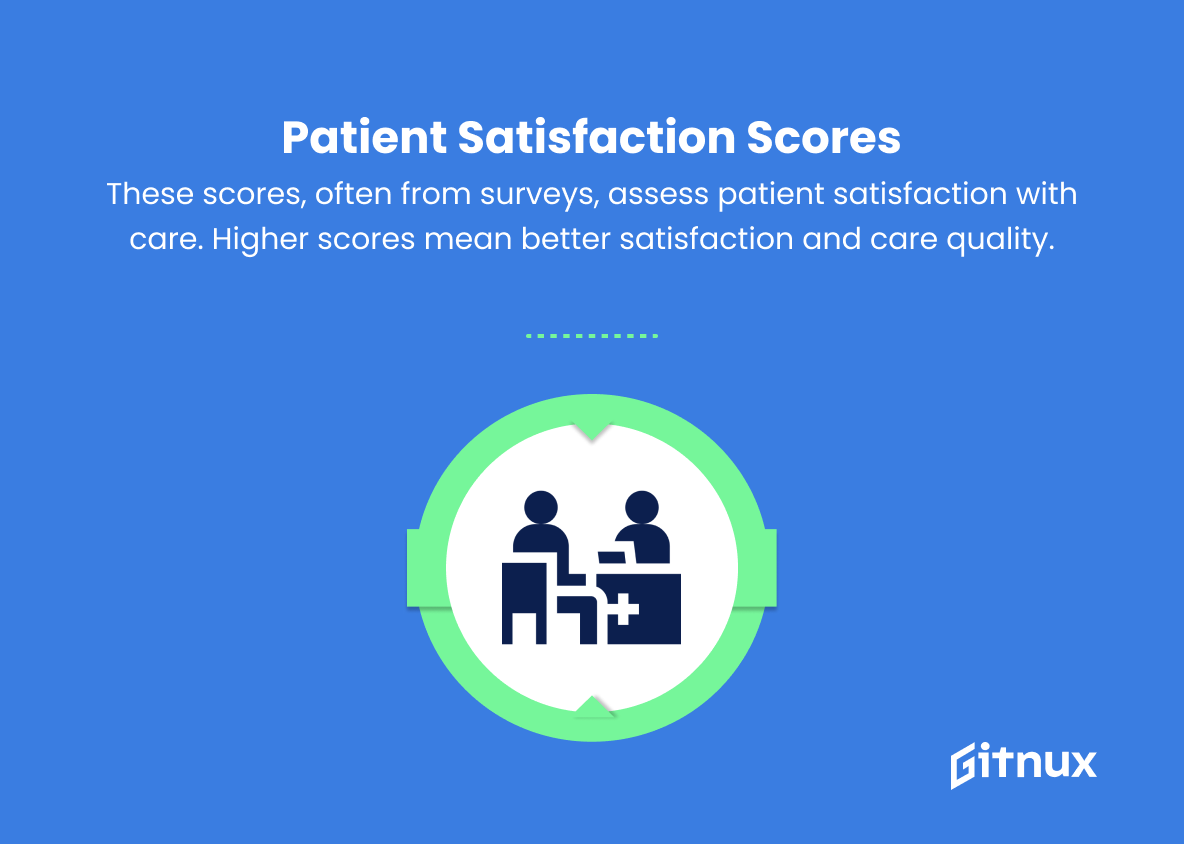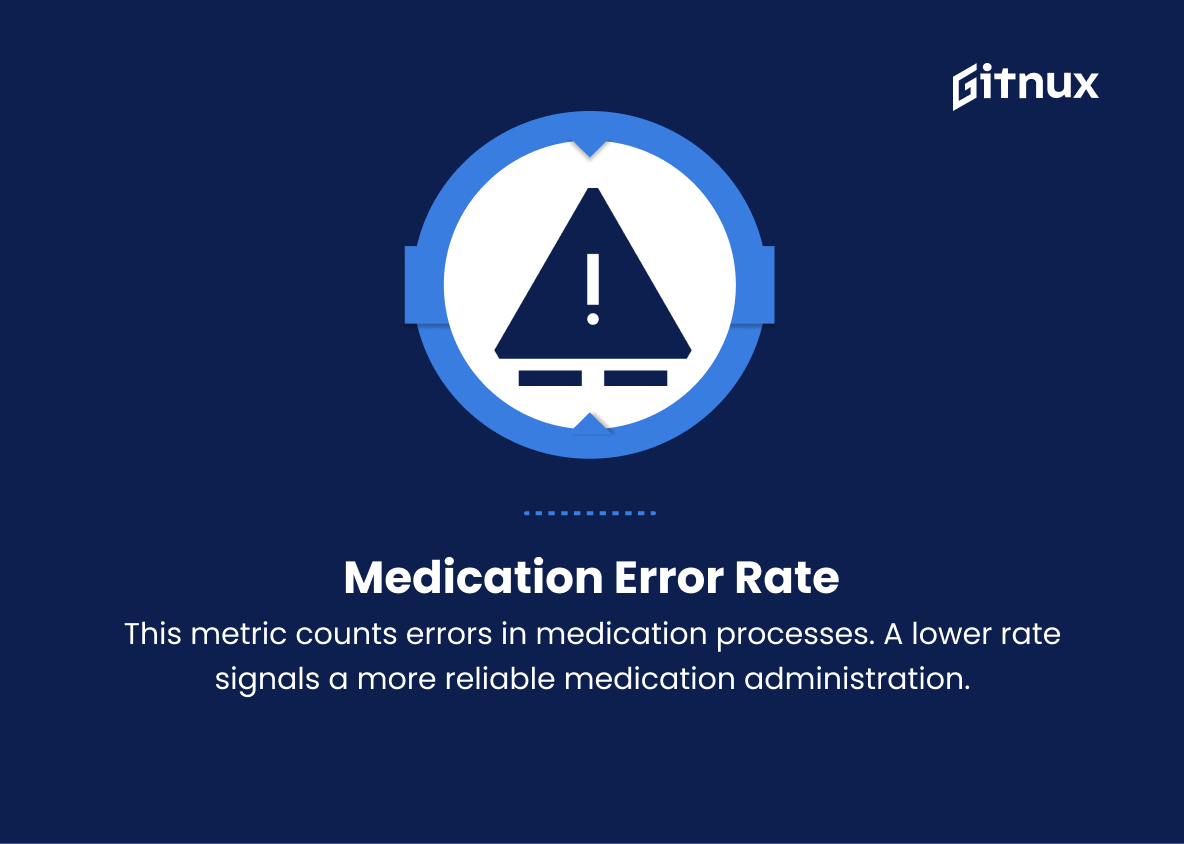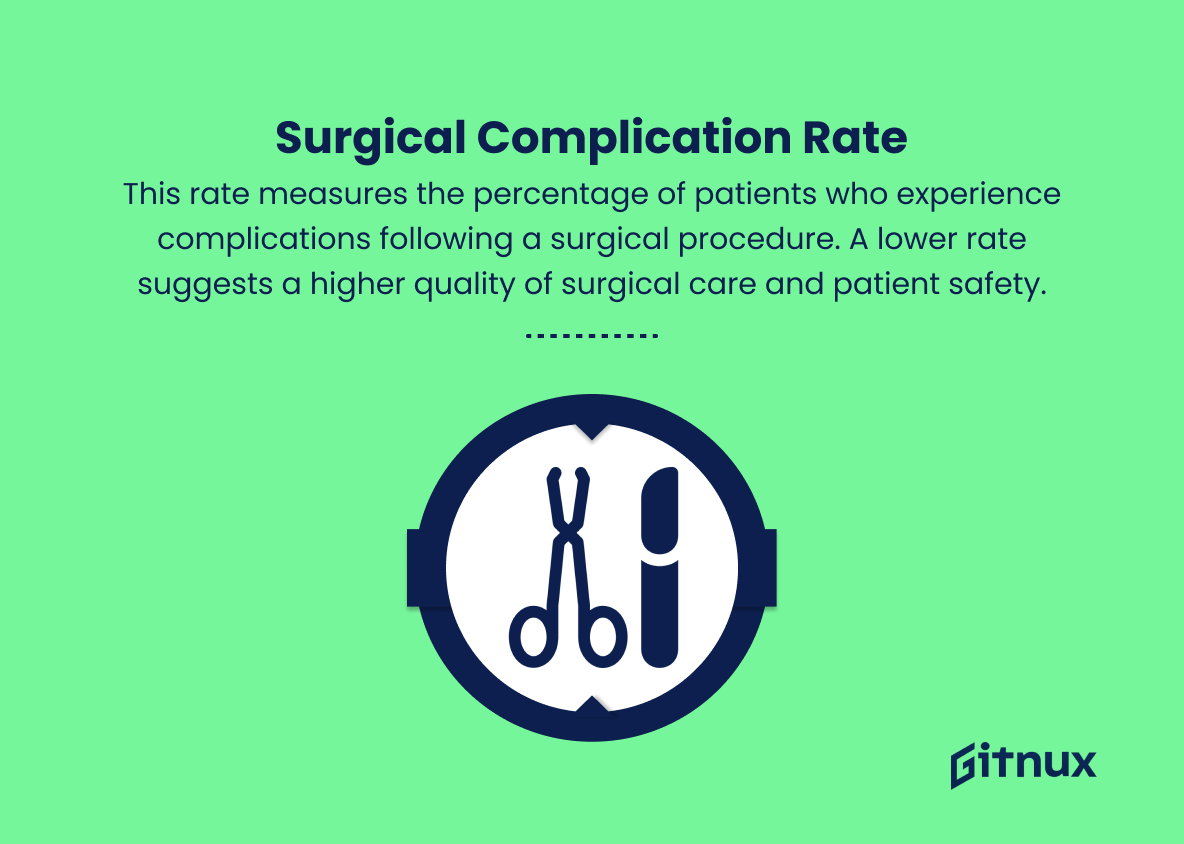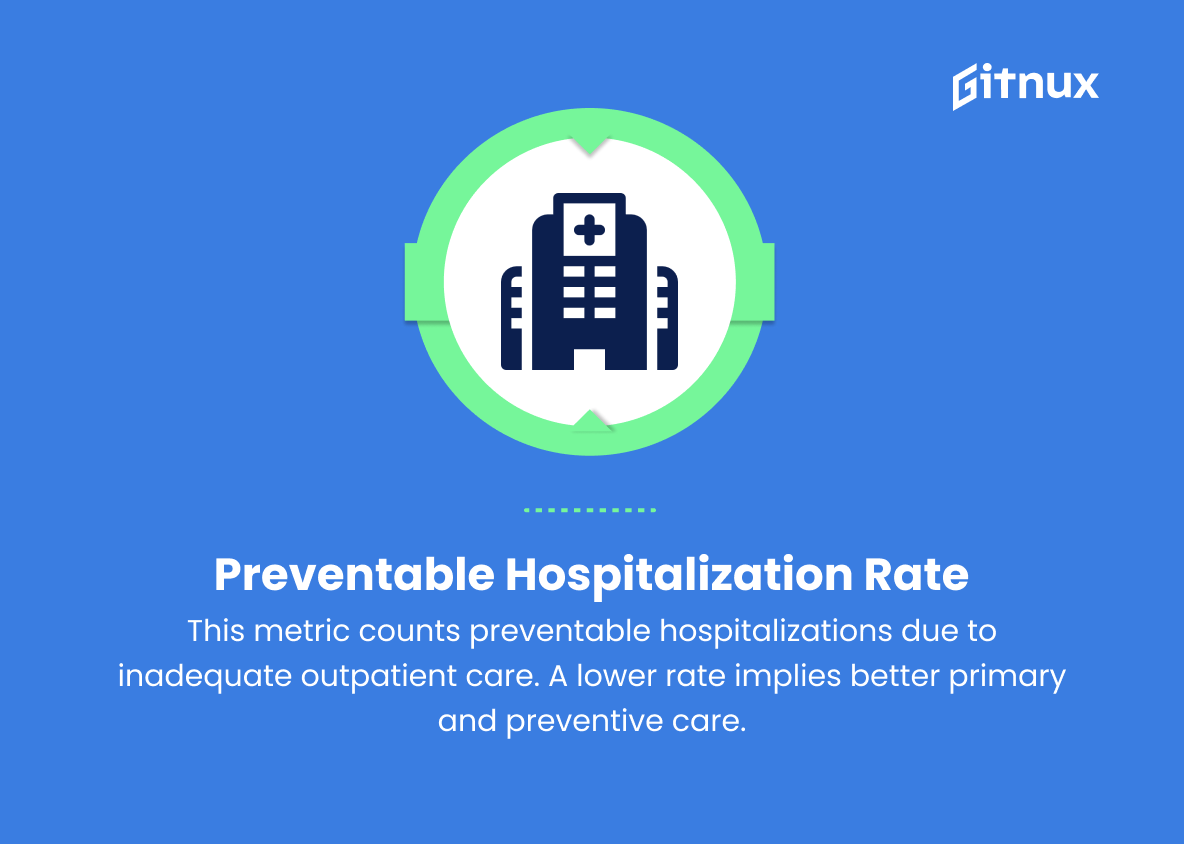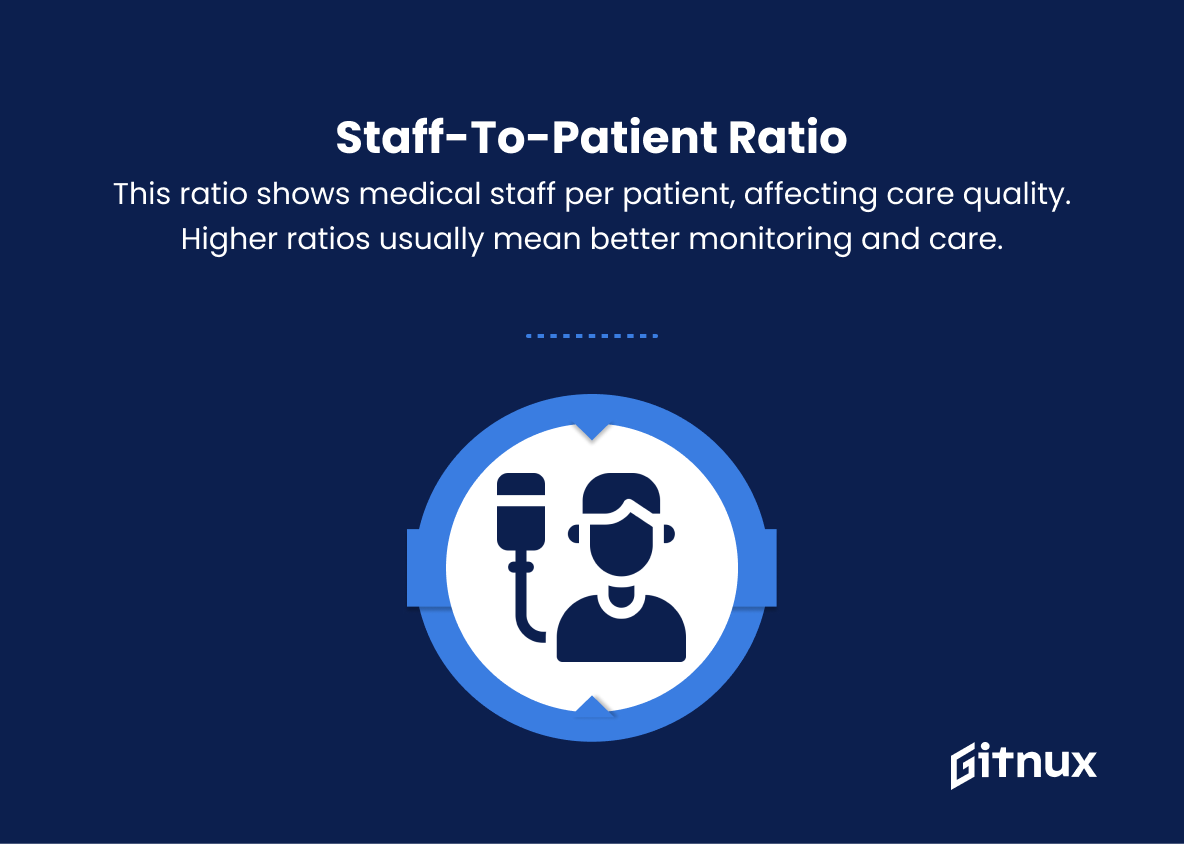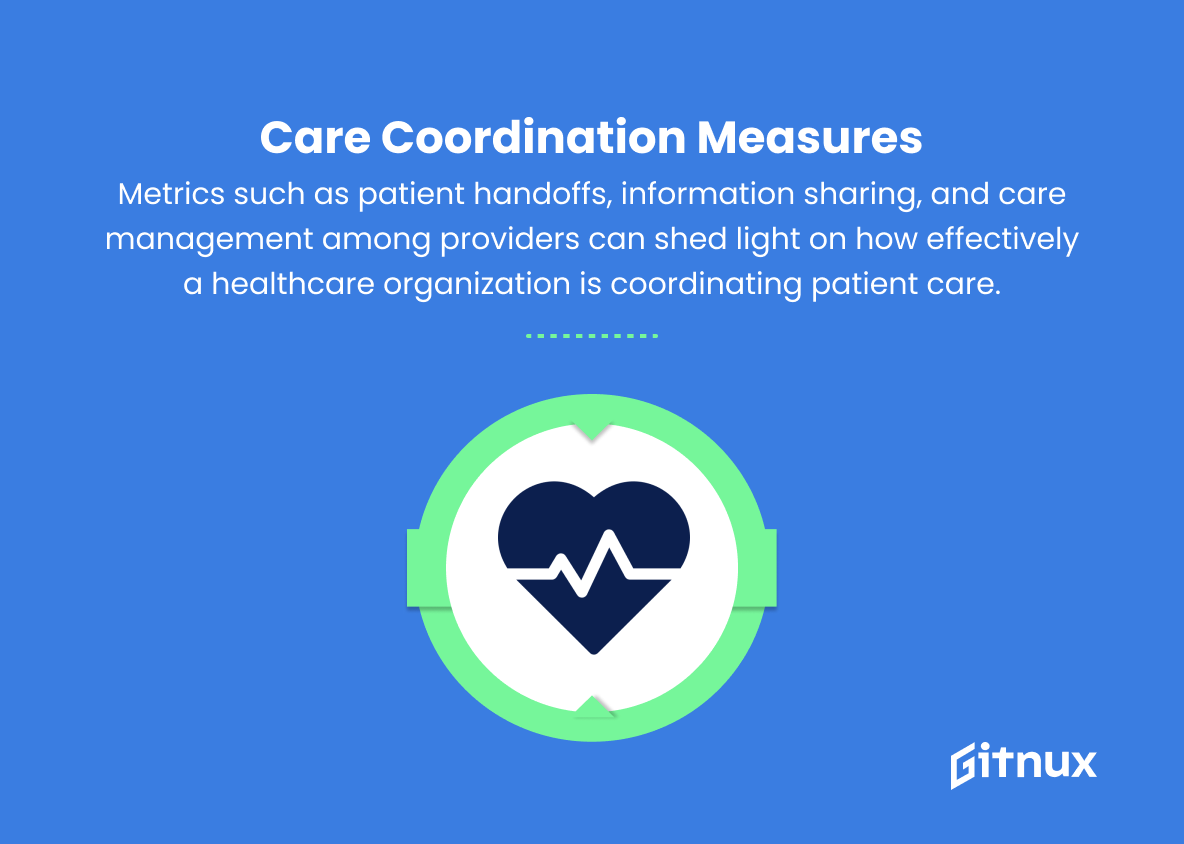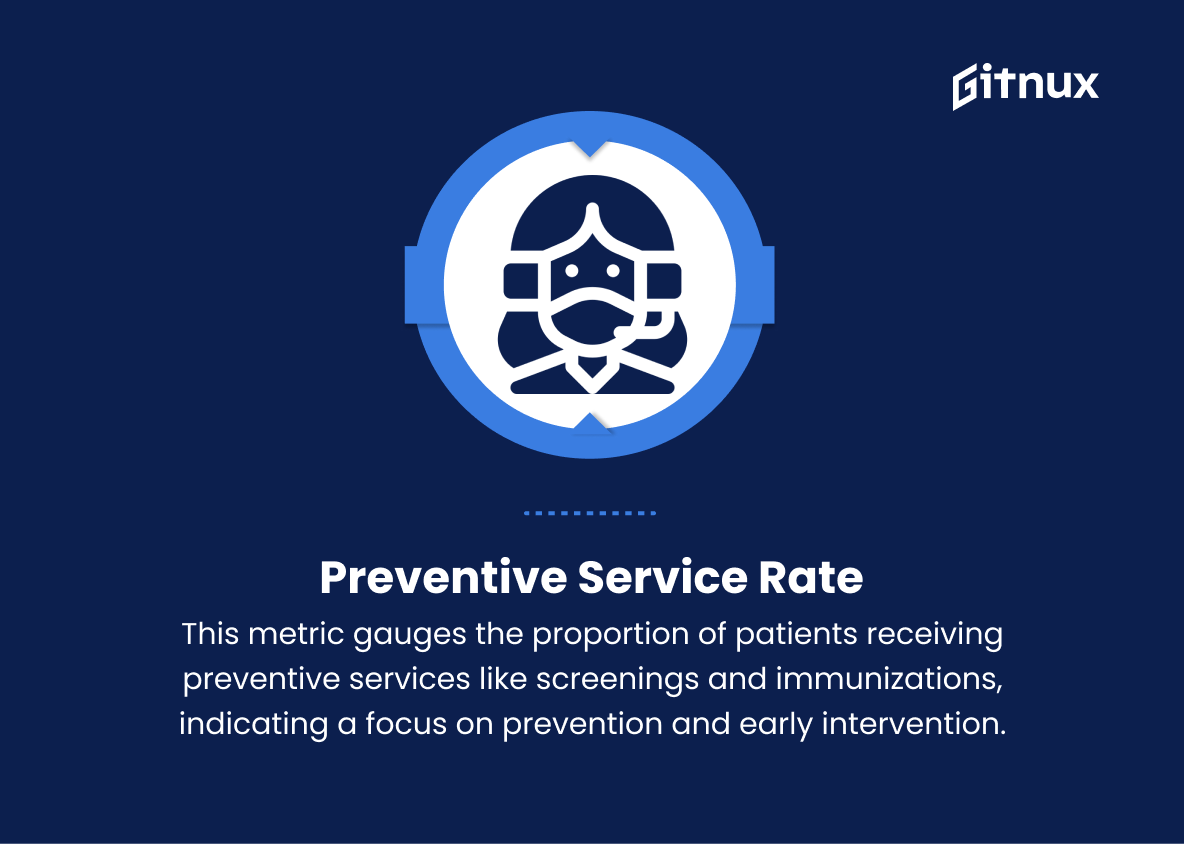In today’s fast-paced and ever-evolving healthcare landscape, the ability to measure and analyze performance has become integral to the delivery of high-quality patient care. Healthcare Performance Metrics (HPMs) have emerged as the cornerstone for understanding how well healthcare systems, hospitals, and providers are delivering on their promise to improve patient outcomes and enhance the overall patient experience.
As we delve deeper into the complex world of HPMs, this blog post aims to shed light on the importance of these metrics in ensuring accountability, promoting transparency, and driving informed decision-making across the healthcare spectrum. Join us as we explore various types of HPMs, examine the challenges surrounding their implementation, and discuss best practices for leveraging these valuable tools effectively to usher in a new era of patient-centric care.
Healthcare Performance Metrics You Should Know
1. Mortality rate
This metric measures the number of deaths in a specific population over a specific period. It helps to gauge the effectiveness of healthcare services and identify areas requiring improvement.
2. Readmission rate
The readmission rate measures the percentage of patients who return to the hospital within a specific period (typically 30 days) after being discharged. High readmission rates could indicate poor care coordination or inadequate follow-up care.
3. Hospital-acquired infection rate
This is the number of patients who contract infections while hospitalized. A lower rate suggests better infection control measures and overall hospital cleanliness.
4. Average length of stay
This metric calculates the average time patients spend in the hospital for a specific condition or procedure. A lower average length of stay generally indicates that patients recover more quickly and effectively.
5. Emergency department wait time
The average time it takes for patients to be seen in the emergency department. A lower wait time suggests more efficient emergency care.
6. Patient satisfaction scores
These scores, often based on surveys, gather information about patients’ experiences to evaluate their satisfaction with care. Higher scores indicate greater satisfaction and improved quality of care.
7. Medication error rate
This metric measures the number of errors made in prescribing, dispensing, or administering medications to patients. A lower rate indicates a better and more reliable medication administration process.
8. Surgical complication rate
This rate measures the percentage of patients who experience complications following a surgical procedure. A lower rate suggests a higher quality of surgical care and patient safety.
9. Preventable hospitalization rate
This metric calculates the number of hospitalizations that could have been avoided with proper outpatient care, such as managing chronic conditions like diabetes or hypertension. A lower rate suggests better primary and preventive care.
10. Staff-to-patient ratio
This ratio conveys the number of medical staff available per patient, which could impact the quality of care received. Higher staff-to-patient ratios generally indicate better monitoring and care.
11. Payer mix
Payer mix represents the percentage of patients with various types of insurance or payment methods. Analyzing payer mix can help identify trends in patient demographics and accessibility of care.
12. Care coordination measures
Metrics such as patient handoffs, information sharing, and care management among providers can shed light on how effectively a healthcare organization is coordinating patient care.
13. Percentage of patients receiving preventative services
This metric measures the proportion of patients who receive preventive services such as screenings and immunizations. A higher percentage suggests better focus on prevention and early intervention.
Healthcare Performance Metrics Explained
Healthcare performance metrics are essential for evaluating the effectiveness and quality of care provided by healthcare organizations. Metrics such as mortality rate, readmission rate, hospital-acquired infection rate, average length of stay, and emergency department wait times help monitor patient outcomes and identify areas for improvement. Additionally, patient satisfaction scores give insight into the patient experience, while the medication error rate, surgical complication rate, and preventable hospitalization rate highlight potential safety concerns.
Staff-to-patient ratio and payer mix provide information on resource allocation and patient demographics, respectively. Care coordination measures and the percentage of patients receiving preventative services demonstrate the organization’s ability to provide comprehensive and proactive care. Overall, these performance metrics play a critical role in assessing and improving the quality of healthcare services offered to patients.
Conclusion
In conclusion, healthcare performance metrics are crucial to the continuous improvement of healthcare services, patient safety, and overall health outcomes. By focusing on key performance indicators such as safety, quality, cost-effectiveness, and patient engagement, healthcare organizations can streamline their operations and deliver better care to their patients.
Moreover, as technology continues to advance and integrate into the healthcare sector, utilizing tools such as data analytics and artificial intelligence can help uncover valuable insights and play a significant role in advancing the industry. It is crucial to stay vigilant and adaptable, considering the ever-evolving nature of healthcare, with the ultimate goal of providing a higher standard of care for all.
